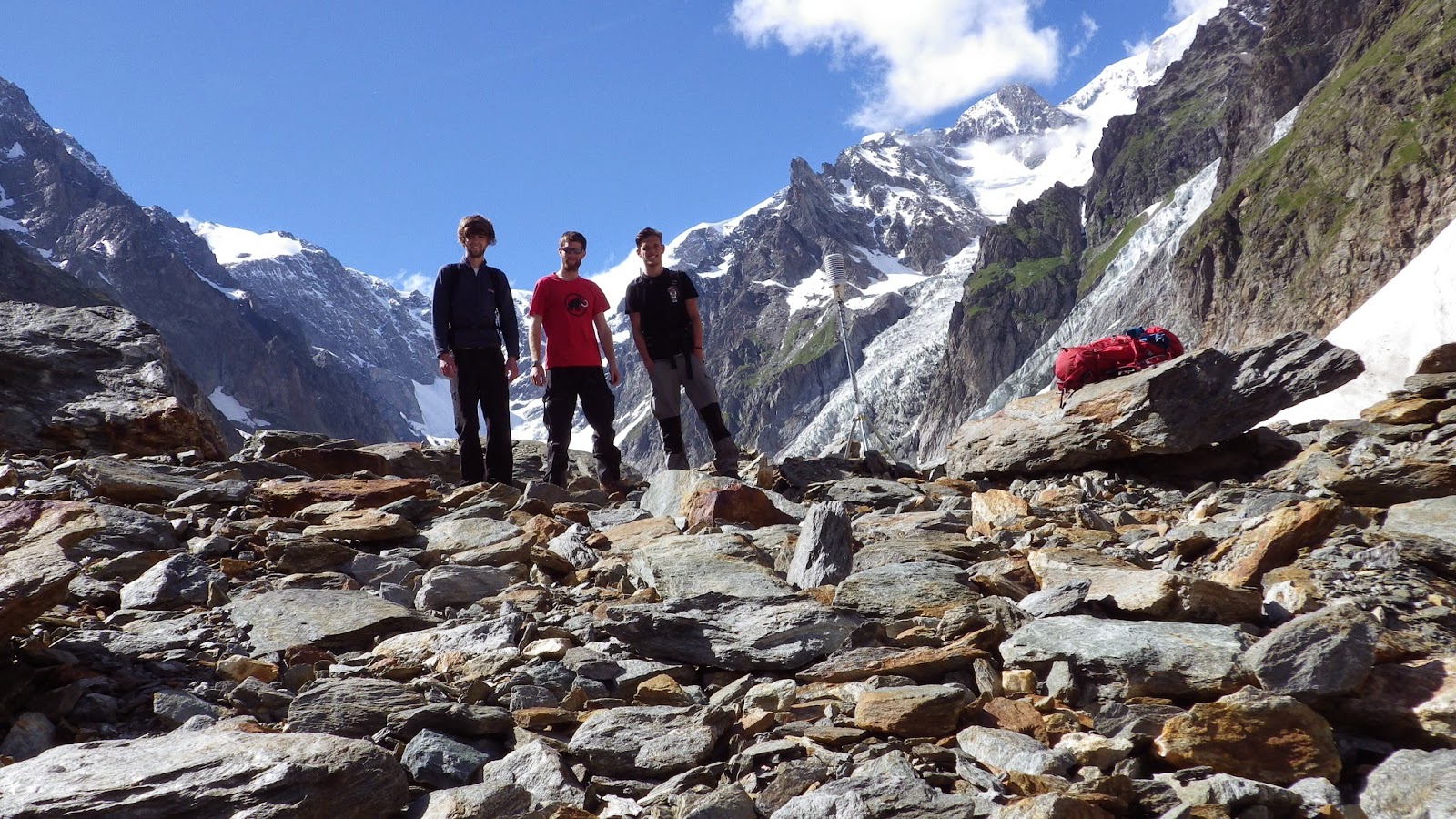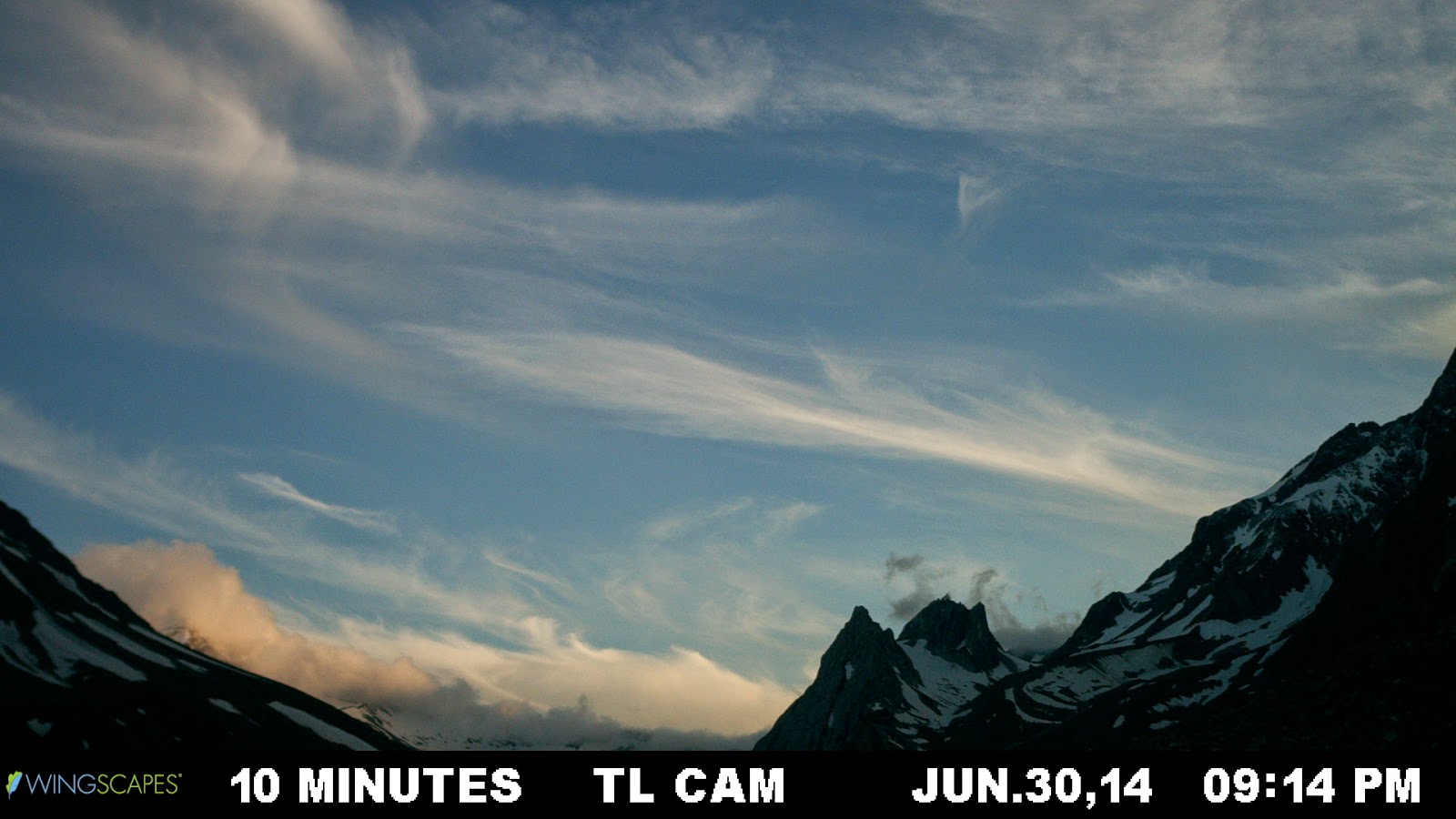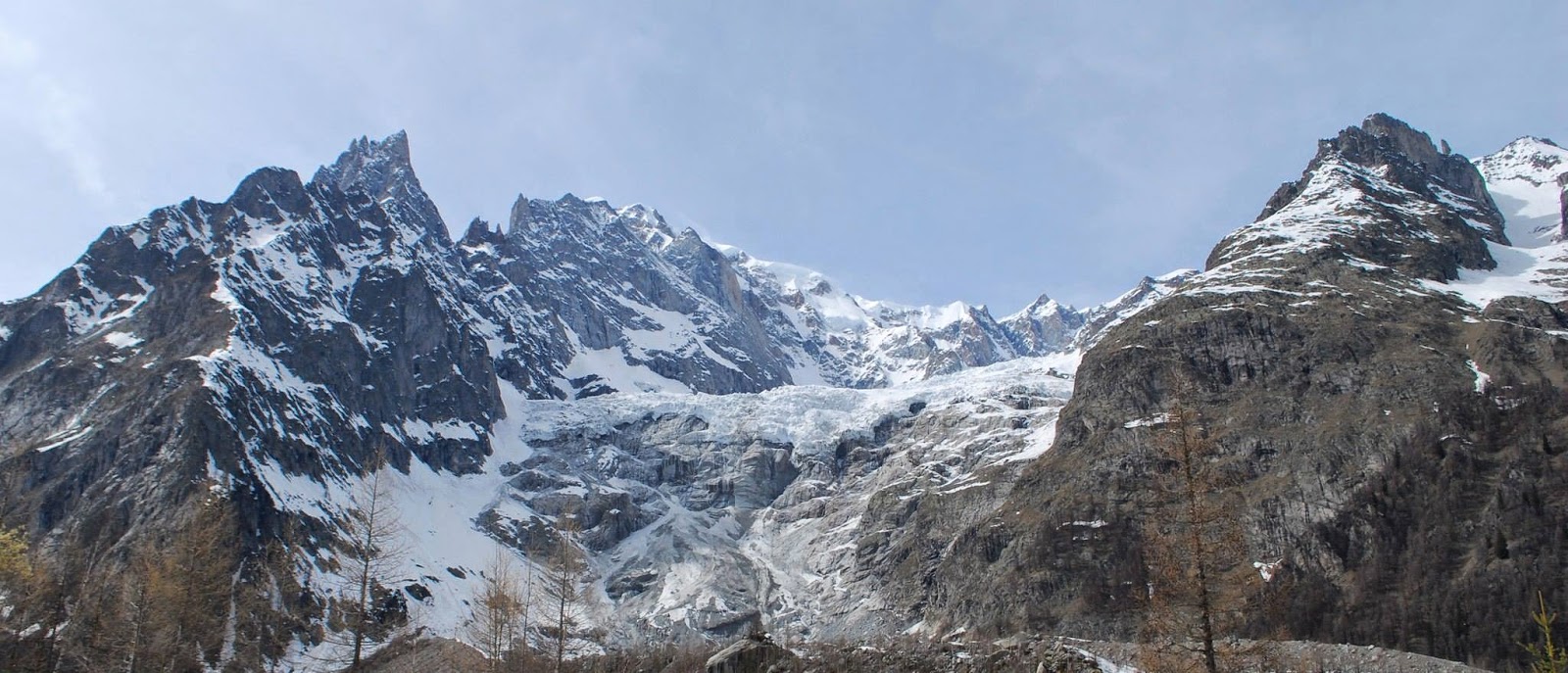Holy crap... I've been in Newcastle almost a year now already!!... and a helluva good time it's been all in all. But a year which has felt faster than Pine Island Glacier ( I know... what a sucky glaciologist reference to a fast flowing glacier), but as I am already officially into my second year of my PhD it gets you thinking about what has already been achieved and what milestones there are ahead... and what better time to reflect than a lazy afternoon on New Years Eve?
Back at my postgraduate induction to the conveyor belt that is the university system, a talk was given by a third year PhD student in engineering who spoke of the various moments where a big ?? comes into your thoughts of your PhD project.. why am I doing this? Is it important? Is there any point? And surely enough, these questions are commonplace in my mind as I stare at a spreadsheet full of numbers or a Matlab script that is underlined in copious amounts of red squiggles that I don't fully comprehend just yet.
A great example of what a PhD is summed up by a few simple diagrams in blog post by Matt Might that I saw earlier this year here: http://matt.might.net/articles/phd-school-in-pictures
 |
| The blip that is PhD research.. Sourced from above link |
A small blip in the mad world that is research.... but something which contributes at least a little way.. and for me that little piece of a contribution is enough to make me work at these next two years of my life and whatever is beyond it.
A large hurdle of my PhD so far has been learning to make my computer do the work and let me put my feet up (i,e. running numerical model simulations). Albeit with a lot of help and the framework of a working model already existing, I have managed to make my PC tell me a series of numbers and make pretty(ish) graphs from numbers I put in and conditions I set... then I go and watch the Hobbit or some crap film in the cinema, leaving a note for no-one to turn off the PC in my absence (mostly me doing it accidentally) and return to find the computer to have given me a series of results... some good, others..less so.
 |
| Model Running... Don't Touch! :) |
.png) |
| Modelled (blue) vs measured (red) melt at individual stations... some irregularities at some stations due to averages from short periods of measurement, prone to error. |
So here I am after nearly a year, with a great data set and a generally successful field season on the Miage Glacier in Italy (even considering the misfortune of Septembers field trip), some results to show, some lessons learnt, decent portions of time staring a screen with a blank expression and an almost complete energy balance melt model to run with different simulations of temperature distribution.... For where I am at the first year hurdle things are looking pretty darn good....
 |
| Every IS coming up Milhouse! |
...still plenty of things to go wrong between now and a viva... but that's 2015's problem!
Just thought I'd share a few highlights from my year (despite Facebook's pressure to publish its auto-moments of 2014... and me agreeing to get it off my timeline)..
Happy New Year all
 |
| April fieldwork, lovely conditions and me making a first attempt at skiing :) |
 |
| Being part of Mark's Grand Alpine Tour and doing some surveying of landslides... some a tad risky in hindsight |
 |
| 'Lovely' weather hikes in Svalbard |
 |
| And some funny ping-pong and cycling moments of course :) |


































.jpg)



















